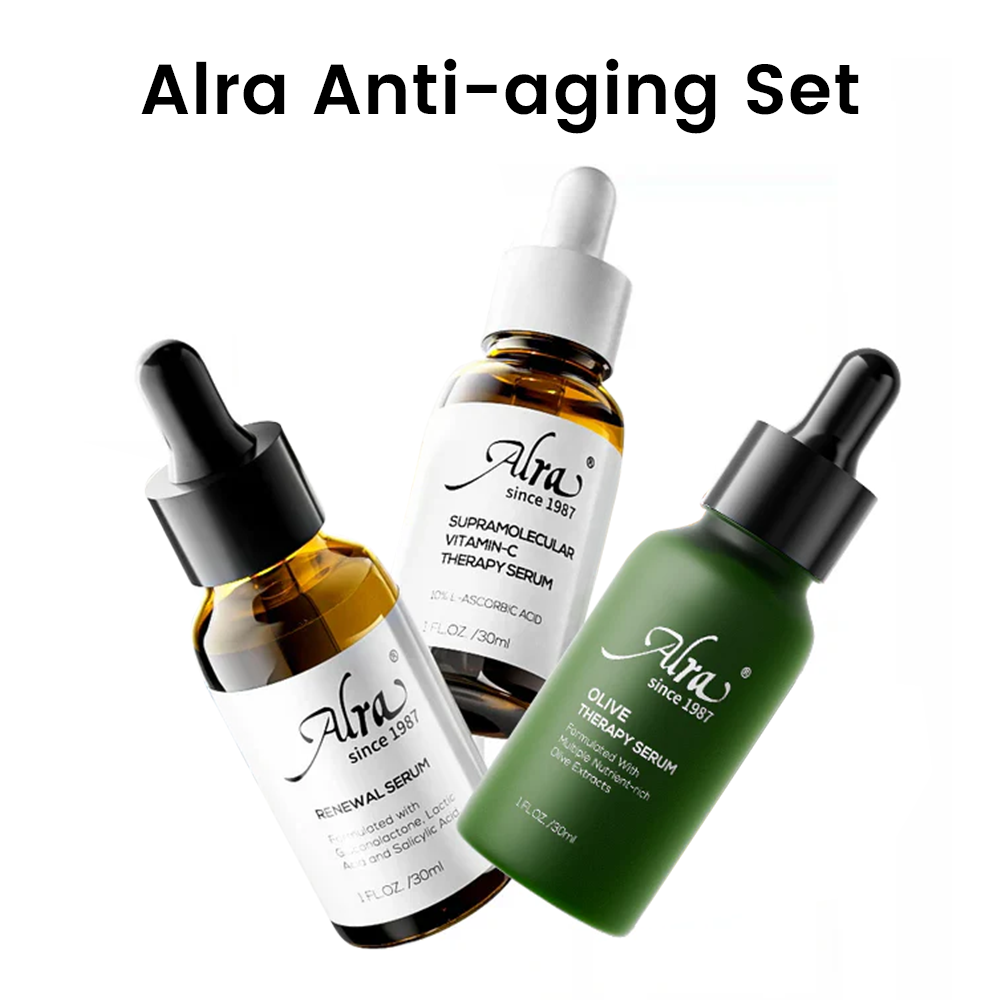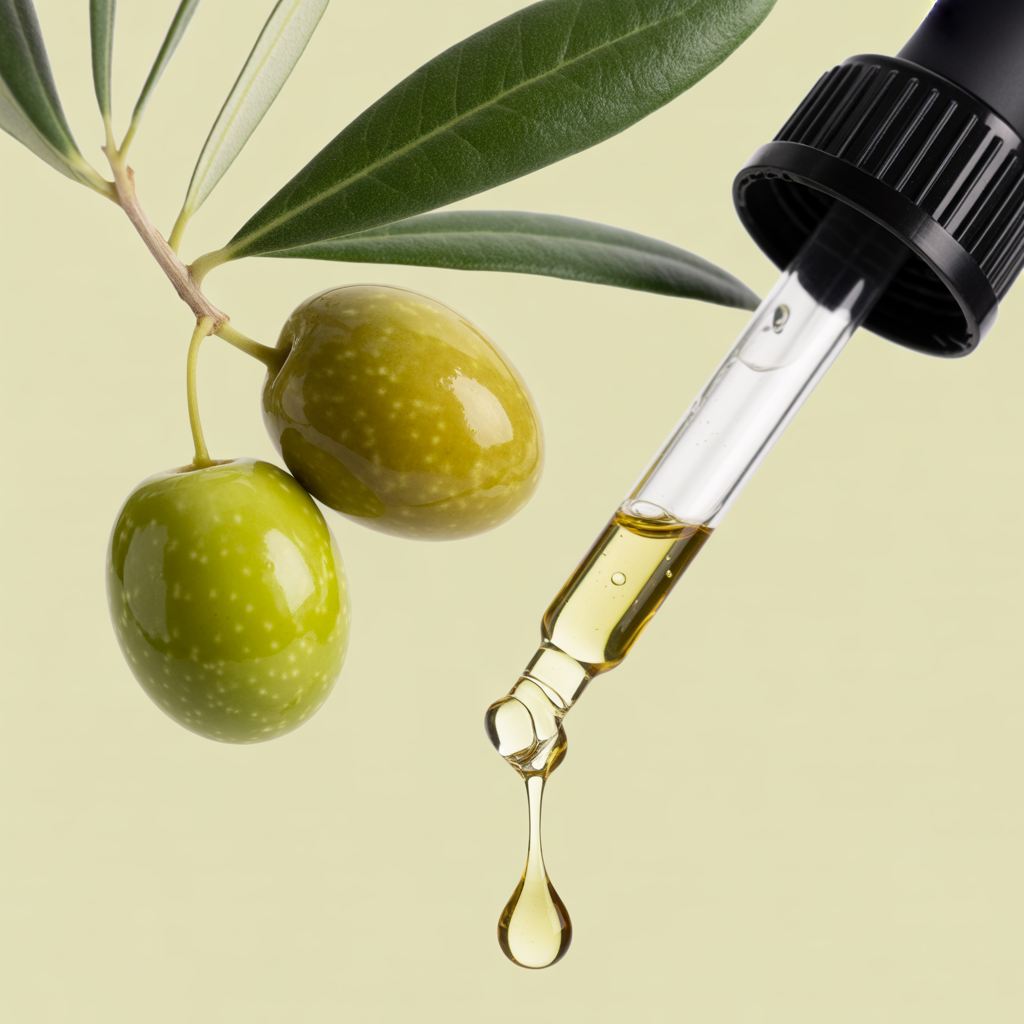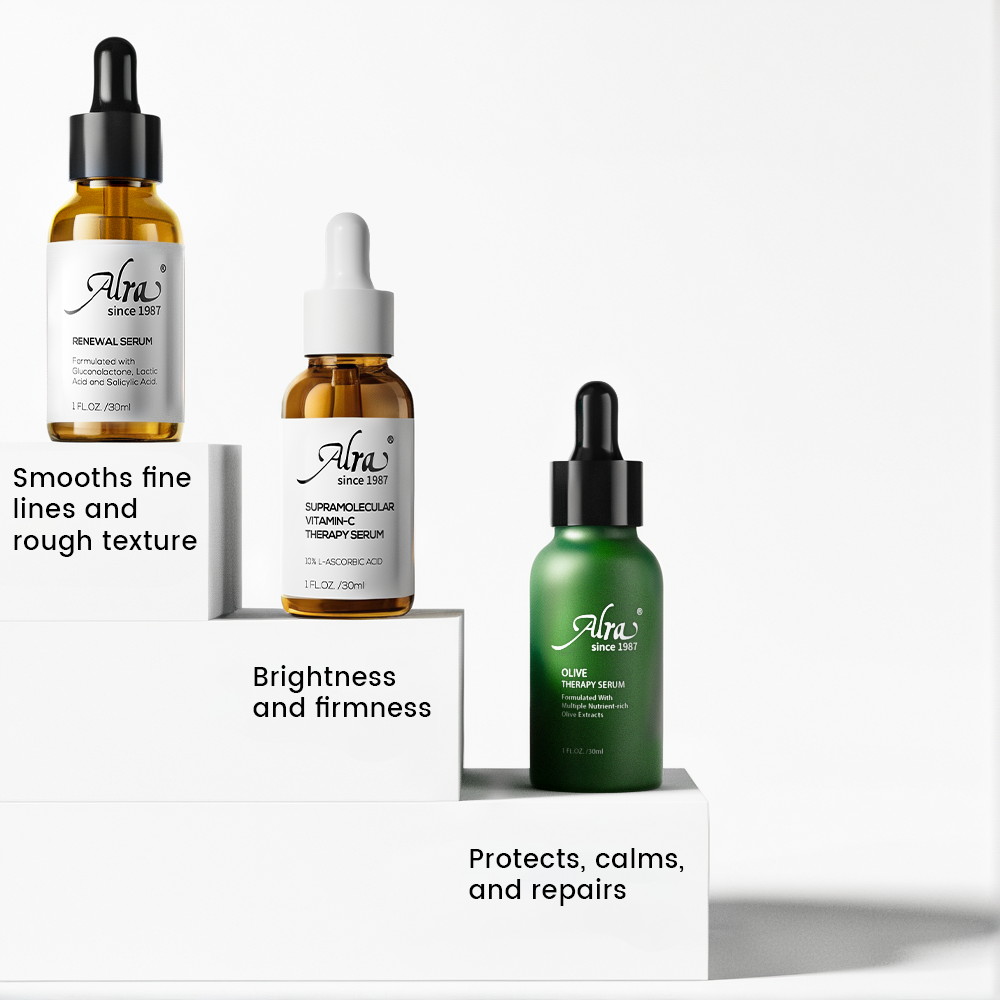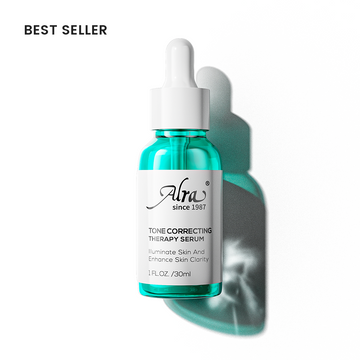Scalp pimples, a type of acne that occurs on the scalp due to the presence of hair, can be particularly uncomfortable and difficult to treat. Scalp acne are same as facial acne which is caused by clogged hair follicles, but hair shampoos and conditioners often exacerbate scalp acne. These acne on the scalp are general whiteheads or pustules on the skin of the head where hair grows and may be itchy and painful due to clogged pores or inflamed hair follicles. Specific treatment may include changing your hair care habits or the shampoo products you use or taking medications to help acne go away.
Differences between Scalp Acne and Acne in Other Areas
Acne can occur on various parts of the body, including the scalp, face, back, and chest. While the basic mechanisms behind the development of acne in different body areas are similar, there are some specific differences in how acne appears and is affected by the environment and care practices of each area.
- Hair follicles: The scalp has many hair follicles, which are easily clogged by hair care products, oil, and sweat.
- Hair care products: Hair gels, sprays, and conditioners can cause scalp pores to build up and become clogged.
- Less obvious: Scalp acne may be less obvious due to hair coverage, but may be more painful due to tight scalp skin.
- Irritation from hair care practices: Frequent combing, tight hairstyles, or heat styling can irritate the scalp and worsen acne.
- Acne on other parts of the body (face, back, chest)
- More exposed to the environment: These areas are more frequently exposed to external factors such as dirt and pollution.
- Skin thickness and oiliness: The skin on the face, back, and chest may have different thicknesses and levels of oil production. For example, faces typically have more sebaceous glands.
- Clothes and friction: Tight clothes and constant friction can worsen acne on the back and chest.
- More visible: Acne on the face, back, and chest is often more visible, which can have psychological and social consequences.
While acne is common on the face, chest, and back, pimples on the scalp are less common. Facial acne affects nearly 80% of people between the ages of 11 and 30. However, scalp acne is not limited to a specific age group and is more common in adults.
Types of Scalp Acne
Scalp acne, similar to acne found on other parts of the body, can come in various forms. Here are some common types:
- Mild Acne (Comedones): These are often the first stage of scalp acne. Comedones can be either open (blackheads) where the pore is clogged with a combination of sebum, dead skin cells, and dirt, making the surface appear black, or closed (whiteheads), where the pore is clogged but covered by a thin layer of skin, giving a white appearance.
- Inflammatory Acne: This type includes:
- Papules: Small, red, raised bumps caused by infected hair follicles.
- Pustules: Similar to papules, but filled with pus. They are often red at the base with a white or yellow top.
- Cystic Acne: Deep, painful, pus-filled lesions that can cause scars. This type of acne occurs when clogs occur deep within the follicle, leading to inflammation and infection.
- Folliculitis: Although technically not acne, folliculitis is often mistaken for it. It's an infection of hair follicles, usually caused by bacteria or fungal organisms. It presents as small, red, and sometimes painful bumps.
- Nodular Acne: Large, hard bumps under the skin's surface. These lesions are often painful and can merge to form larger, deeper nodules.
The severity and treatment of scalp acne can vary. Mild acne might be treated with over-the-counter remedies, while more severe forms like cystic acne often require medical intervention and prescription medication. Good hair and scalp hygiene can help prevent scalp acne, but it's always best to consult a dermatologist for a proper diagnosis and treatment plan.
Causes of Each Type of Scalp Acne
The causes of different types of scalp acne are often similar, with variations depending on the severity and specific nature of the acne. Here are the causes associated with each type:
- Mild Acne (Comedones):
- Blackheads and Whiteheads: These occur when hair follicles on the scalp become clogged with sebum (oil), dead skin cells, and sometimes bacteria. The clog close to the surface of the skin results in whiteheads, while exposure to air oxidizes the material in the follicle, creating blackheads.
- Inflammatory Acne (Papules and Pustules):
- Bacterial Infection: When the clogged follicles get infected with bacteria, it leads to inflammation, resulting in red, swollen bumps (papules) or pus-filled bumps (pustules).
- Irritation and Inflammation: Hair products, sweat, or even scratching can irritate the follicles, leading to inflammation and infection.
- Cystic Acne:
- Deep Follicular Blockage: This severe form of acne occurs when the blockage happens deep within the hair follicles, causing a large, inflamed cyst.
- Hormonal Fluctuations: Hormonal changes, especially those related to androgens, can increase sebum production and lead to more severe forms of acne.
- Genetic Factors: A genetic predisposition can make some individuals more susceptible to cystic acne.
- Folliculitis:
- Bacterial or Fungal Infection: Folliculitis is often caused by a bacterial (often Staphylococcus aureus) or fungal infection.
- Irritation from Hair Products: Certain hair care products can irritate the scalp and hair follicles, leading to folliculitis.
- Friction from Clothing or Accessories: Hats, helmets, and headbands can create friction and sweat buildup, contributing to folliculitis.
- Nodular Acne:
- Severe Blockages: Similar to cystic acne, nodular acne is caused by deep blockages of sebum, dead skin cells, and bacteria in the hair follicles.
- Intense Inflammation: The body's immune response to these blockages leads to intense inflammation, resulting in large, painful nodules.
Common factors contributing to all types of scalp acne include poor hygiene, excessive sweating, hormonal imbalances, stress, certain medications, and a diet high in sugary, fatty, or dairy products. It's important to note that while these are common causes, individual factors can vary, and it's always best to seek a professional diagnosis for targeted treatment.
How to Choose the Right Shampoo for Scalp Acne
Choosing the right shampoo for scalp acne involves considering several factors to ensure it effectively treats the condition without causing further irritation.
Alra Mild Conditioning Shampoo is a gentle oil-control shampoo that provides much-needed relief to your hair and scalp. Its microbial film segmentation technology can effectively break down the biofilm of mainstream bacteria and fungi that cause scalp acne, inhibit the excessive proliferation of bacteria and fungi, maintain the scalp microecological balance, and thereby improve oiliness, itching, and acne. , lipid particles, and sensitive scalp problems.
Additionally, Alra Mild Conditioning Shampoo uses the exclusive 5-fold surfactant system from Alra Laboratories. It is not the traditional sulfate surfactant or amino acid surfactant. It effectively removes excess oil while being gentle. It can significantly refresh the hair and keep your hair fluffy.
Alra Shampoo contains key ingredients: rosemary oil, panthenol, and aloe vera leaf juice that promise you product safety, it is biologically targeted at the scalp acne, is ideal for people with sensitive scalp, as well as for cancer patients during or after cancer treatment, such as radiation therapy.








